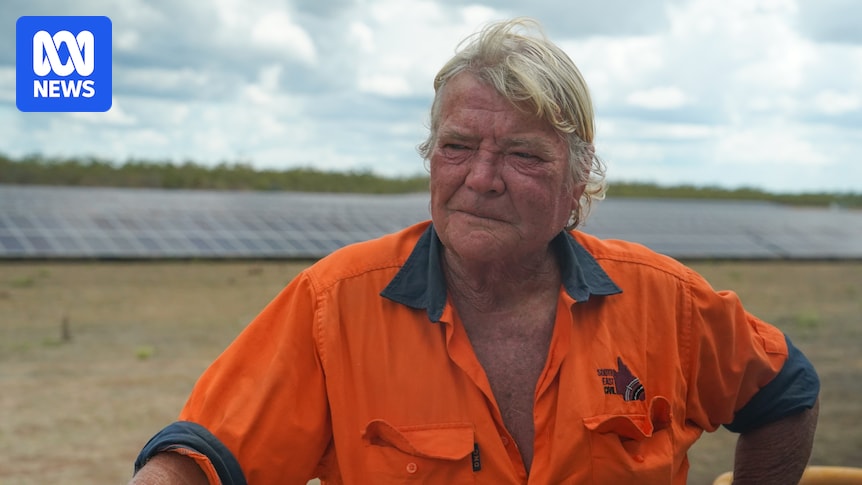
An outback solar farm in Queensland has ceased operations after its owner, Doug Scouller, declared that a failed agreement with Ergon Energy left him no choice but to shut down. For eight years, the Normanton Solar Farm illuminated homes and businesses across an expanse nearly twice the size of Tasmania. However, the vision of harnessing the Gulf of Carpentaria’s abundant sunlight to power the remote community has dimmed.
Scouller cited the latest power purchasing agreement (PPA) from Ergon Energy as “completely commercially unviable.” He explained, “I’m not going to pay them to produce power for them, so I was left with no option but to turn the power station off because I couldn’t afford to keep it going.” The new PPA would have increased his costs by over $10,000 monthly, according to Scouller.
Contentious Negotiations and Financial Strain
Ergon Energy, in response, emphasized the confidentiality of the negotiations, declining to comment on Scouller’s claims. A spokesperson stated, “Mr. Scouller was able to renew his contract to sell power from the solar farm to Ergon Retail or to any other buyer, but has chosen not to sign a new contract with Ergon Retail. We continue to be available to discuss the situation with Mr. Scouller, should he choose to contact us.”
Scouller revealed that he was required to sign a non-disclosure agreement before receiving the new PPA offer, a condition he accepted but later disregarded by speaking publicly. “I could be in trouble, which doesn’t really matter,” he remarked. “It’s just a very sad story.”
Producing about 10,000 megawatt hours annually, the Normanton Solar Farm powered every property in the Carpentaria shire, making it one of the first solar farms integrated into the state’s electricity grid.
Years of Power Struggles
This recent breakdown in negotiations is not the first clash between Scouller and Ergon Energy. When the solar farm was established in 2017, Scouller alleged that Ergon promised compensation for the value added to their energy lines, a promise he claims was never fulfilled. By 2024, his personal electricity costs had surged from $1,000 to over $6,000 monthly, with his farm classified as an “independently calculated customer,” a category typically reserved for major electricity consumers like Brisbane Airport and Gladstone refinery.
Scouller also contended that $2,500 of his bill was a “repayment” for constructing the line between his farm and substations, despite having funded it himself. “We were on a fixed price for a year or so very early on in the piece, and we could chug along just nicely with that,” he said. “We weren’t millionaires, just earning a living, but then they put us on a fluctuating price.”
Shutting down the farm after nearly a decade was “a bit overwhelming” for Scouller, who described it as a “kick in the guts.” He remains open to restarting operations if Ergon presents a “reasonable offer.”
Impact on the Community
Carpentaria Shire Mayor Jack Bawden expressed his disappointment, stating, “We’re famous up in this country for ‘dirty power’ and have been for years until Doug came along with the solar farm.” Dirty power, characterized by voltage fluctuations and surges, has been a persistent issue, causing damage to electronics.
“[The Normanton Solar Farm] smoothed out the power; it took all those spikes and low voltage out of the system,” said Mayor Bawden.
A spokesperson for Queensland Energy Minister David Janetzki stated that the matter remains commercial in confidence and did not respond to questions.
Looking Ahead
The closure of the Normanton Solar Farm raises concerns about the future of renewable energy in remote areas. As residents and local officials grapple with the return to less reliable power sources, the situation highlights the challenges faced by small-scale renewable energy providers in negotiating fair agreements with larger energy companies.
The broader implications for energy policy and rural electrification remain to be seen, as stakeholders continue to navigate the complexities of transitioning to sustainable energy solutions in the face of economic and regulatory hurdles.





